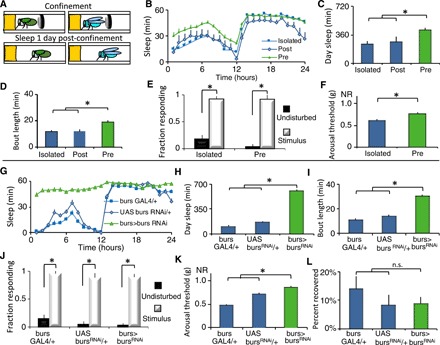Fig. 1. Disrupting wing expansion increases sleep.

(A) Wild-type flies were confined in a restricted space before or after wing expansion following eclosion (day 0) and evaluated for sleep beginning on day 1. (B) Flies that were confined before expansion (Pre, n = 37) slept more than age-matched flies confined after expansion (Post, n = 9) and unconfined siblings (Isolated, n = 36); repeated-measures ANOVA for Time × Condition, P < 0.05. (C and D) Flies with unexpanded wings displayed increased daytime sleep and sleep bout duration compared to controls (t test, *P = 0.001). (E) Sleep in both groups was rapidly reversible in response to a mechanical stimulus at ZT15 (n = 20 to 32 flies per condition; *P < 0.01, Tukey correction). (F) Arousal thresholds were higher in flies confined before expansion than isolated controls (n = 14 flies per condition; *P < 0.01, t test). (G) burs-GAL4/+>UAS-bursRNAi/+ flies slept more than parental controls (n = 32 flies per genotype; repeated-measures ANOVA for Time × Genotype, P < 0.001). (H and I) burs-GAL4/+>UAS-bursRNAi/+ displayed increased daytime sleep and sleep bout duration compared to controls (*P < 0.01, Tukey correction). (J) Sleep was rapidly reversible in response to a mechanical stimulus for all genotypes (n = 25 to 30 flies per condition; *P < 0.01, Tukey correction). (K) Sleep in burs-GAL4/+>UAS-bursRNAi/+ flies was associated with increased arousal thresholds (n = 14 flies per condition; *P < 0.01, Tukey correction). (L) All genotypes displayed similar sleep rebound following 12 hours of sleep deprivation (n = 30 to 31 flies per condition). n.s., not significant.
